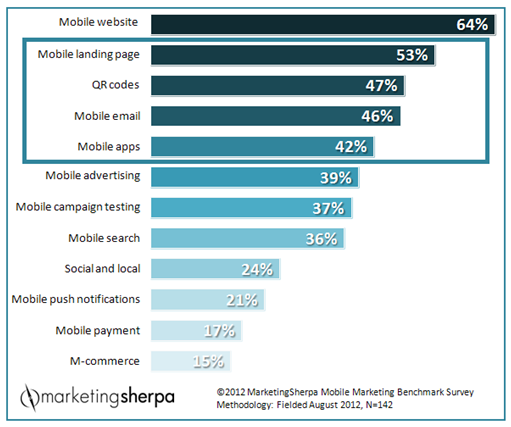Marketing 101: What is CRO (Conversion Rate Optimization)?
Marketing has a language all its own. This is our latest in a series of posts aimed at helping new marketers learn that language. What term do you find yourself explaining most often to new hires during onboarding? Let us know.
Conversion rate optimization, often abbreviated as CRO, is the practice of improving the conversion rate in any advertising, marketing, sales or other business practice that has a goal of getting a person to take an action. (The conversion rate measures the number of prospects who take an action that you’re requesting.)
For example, let’s say you have an email that asks people to click to a landing page to buy a product. CRO would focus on getting more people to click on that email (improving the conversion rate of clickthrough), in addition to getting more people to purchase on the landing page.
CRO (or at least elements of it) is sometimes also referred to as marketing optimization, website optimization, landing page optimization (LPO), growth hacking, optimization and testing, customer experience (CX), usability (UX) or marketing experimentation.
Despite the prevalent use of the word “optimization,” it is a very different discipline from search engine optimization (SEO). CRO is focused on optimizing for human behavior, and SEO is focused on optimizing for machine behavior.
Web design, copywriting and analytics interpretation are key skills that go hand-in-hand with CRO. This is because many CRO changes are either to design or copy. Also, the ability to understand analytics will (1) give ideas on where in the conversion process you should make CRO changes to have the biggest impact, and once you’ve made the changes, (2) how impactful they have been to your conversion goals.












